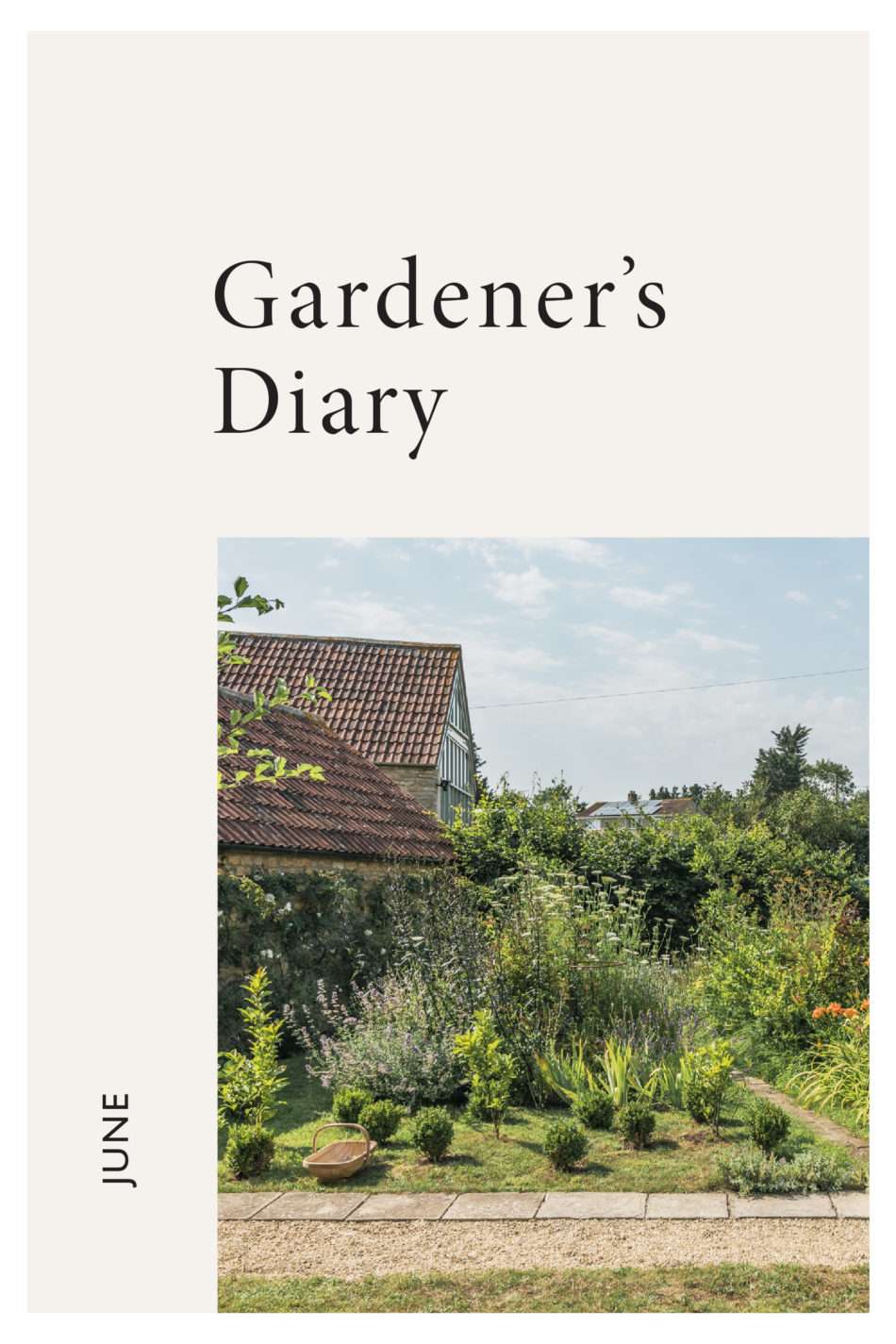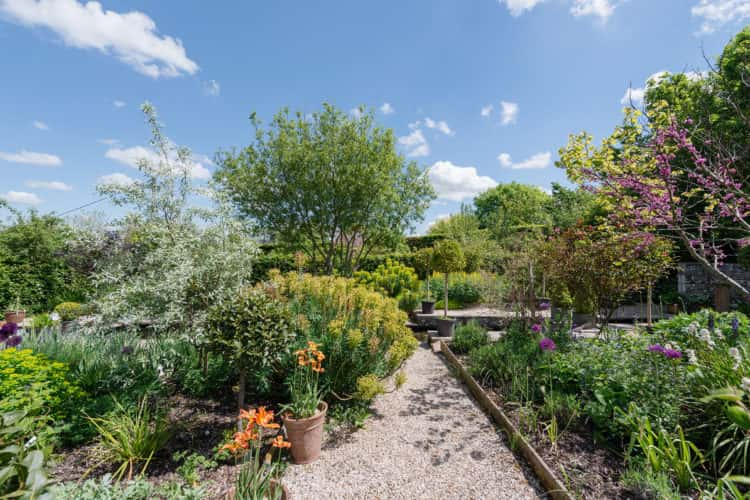Gardener's Diary: what to grow in June, indoors and out


In her monthly column, organic grower Claire Ratinon shares what to grow in June, both inside and outside the house.
Claire Ratinon:
For me, June has always signalled the start of summer. Even when this April and
May gave us days of heat and bright sunshine, I couldn’t bring myself to trust
that the warm weather had truly arrived.
But in June, with its swooping damselflies and
whirring bees, the heady scent of roses and balmy daylight hours snatched from
the night, I can finally trust the outdoors with the more precious plants that
have needed a mother-like protection until now.
What to sow indoors
It might seem like it’s too late, but June is actually a good time to sow some seeds.
If your first courgette plants got hit by a
late frost or a battering from some unexpected windy days like mine did, sow
another round of seeds now and they’ll soon catch up. And even if your
courgettes are looking well and starting to flower, sowing more in the next
month or two means you’ll have young, vibrant plants to replace any that have
produced all the fruit they can. Only do this if you truly love courgettes
though because each plant can yield up to 30 fruits and that might be enough
for one household before you get bored of them!
The same principle can be applied to beans too.
Windy weather can be very damaging for young climbing plants who have just
started twirling around bamboo canes so if your bean plants have been snapped by
the wind or otherwise traumatised by the weather, resow now and watch how
quickly they catch up with this warmth and sunshine.
Keep sowing lettuces as part of your
successional plan but bear in mind that germination can be less reliable as the
temperature rises so keep your newly sown seeds somewhere cool until they
germinate and water them well when they’re young as even a brief period of
wilting is lethal for a young lettuce.
And sow another round of beetroots as this
successional planting will yield substantial roots in time to store for winter.
What to grow outdoors
The main job for me in June is planting out. I’m planting out courgettes, squash, cucumbers, tomatoes, purple sprouting broccoli and Tuscan kale (also known as Cavolo Nero or black cabbage) in the warm, sunny and sheltered spots in my garden.
When it comes to putting these heavy feeding
plants in the ground, I like to create a home for them that gives them what
they need. So in each of the planting holes, I add a trowel’s worth of homemade
compost, well-rotted manure or a sprinkling of seaweed meal plus a generous
amount of water to encourage their roots to settle in well and feed the soil
that they’ll be drawing nutrients from to grow.
Cucurbits (squashes and pumpkins) really hate
getting water on their leaves or pooling around their stems so a little trick
to help quench their thirst without bothering them is to dig a small plant pot
into the ground nearby and fill that with water instead of watering the soil
directly.
Gardening tasks
The weather is hotting up rapidly, it seems, so keep on top of the watering. Some of your plants will need the attention of your watering can almost daily, especially larger plants growing in containers like courgettes or cucumbers. Keep an extra close eye on the young and the newly planted out as they’ll need to be kept hydrated to get established.
If you haven’t already, now’s a good time
install structures to support your plants as they grow. Beans need poles, peas need netting or twigs.
Cordon (or indeterminate) tomatoes will appreciate being tied loosely onto
bamboo canes to support their widening stems as they start to develop fruit.
Remove the side shoots from your cordon
tomatoes to focus your plant’s energy on the main branches as this will give
you a better chance of a tomato harvest that will mature and ripen by the end
of the summer. If you’ve never removed these suckers before, they can be found
in the junction between the stem and a branch, growing directly out of the
V-shaped place. The earlier this is done, the easier it is as small side shoots
can be snapped off deftly by hand but if they’ve grown any thicker than a
pencil then use a pair of secateurs to do the job to prevent inflicting damage
on the plant. Not all tomatoes require this kind of pruning – bush and dwarf
varieties can be left to grow as they please.
Also, if your strawberries, raspberries and
redcurrants are starting to ripen, they’ll soon be catching the eye of the
garden birds so use netting to protect them from hungry beaks otherwise
there’ll be nothing left for you to harvest!


